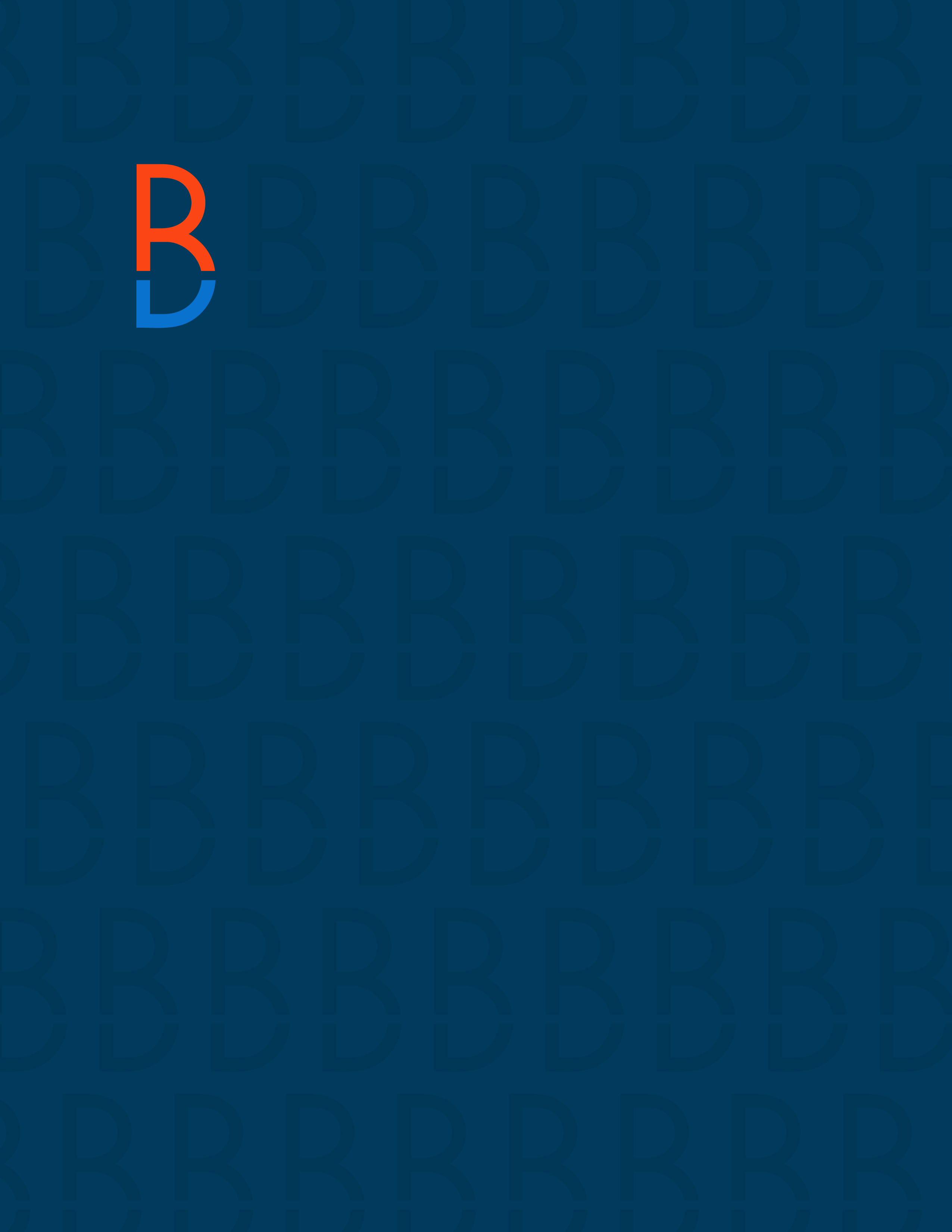CRA recently discussed one of their top priorities; identifying those involved in the underground economy and ensuring that they are satisfying their tax obligations.
They specifically noted that they are using data analytics to predict industry sectors where tax evasion or non-compliance is more likely. Further, they will send unnamed person requests for information (to sources such as cheque-cashing companies), and also request information from suppliers (e.g. construction and liquor suppliers), to determine if income has been appropriately reported.
They are also trying to reduce the social acceptability of participating in the underground economy, focusing on the demand side to reduce consumer willingness to accept services such as cash-only home renovations. From an enforcement perspective, there are now 35 underground economy specialist teams across Canada who have advanced training to identify unreported income.
Which sectors have the highest rates of underground economy activities?
An October 23, 2020 Statistics Canada release (Residential construction remained the top contributor to underground activity in 2018) reported the following related to the underground economy in 2017 to 2018:
- Four industries accounted for over half of the underground economy: residential construction (26.2%); retail trade (12.3%); finance, insurance, real estate, rental and leasing and holding companies (10.3%); and accommodation and food services (9.1%). CRA’s stated that they will focus on these sectors.
- Undeclared wages and tips were the largest share of unreported income (42.4%). Business owners, both unincorporated (28.6%) and incorporated (26.1%), accounted for most of the remainder.
- Household final consumption expenditures account for 66% of the underground economy. Significant sub-categories include alcohol, tobacco and cannabis (29.2%); food, beverages and accommodation services (20.6%); and housing, water, electricity, gas and other fuels (17.2%).
- Underground economy activity as a percentage of GDP is highest in British Columbia (3.7%) and lowest in Nunavut (0.5%).
ACTION ITEM: If you operate in one of the sectors identified as being at higher risk of underground economy activity, do not be surprised if your operations attract more CRA attention.




